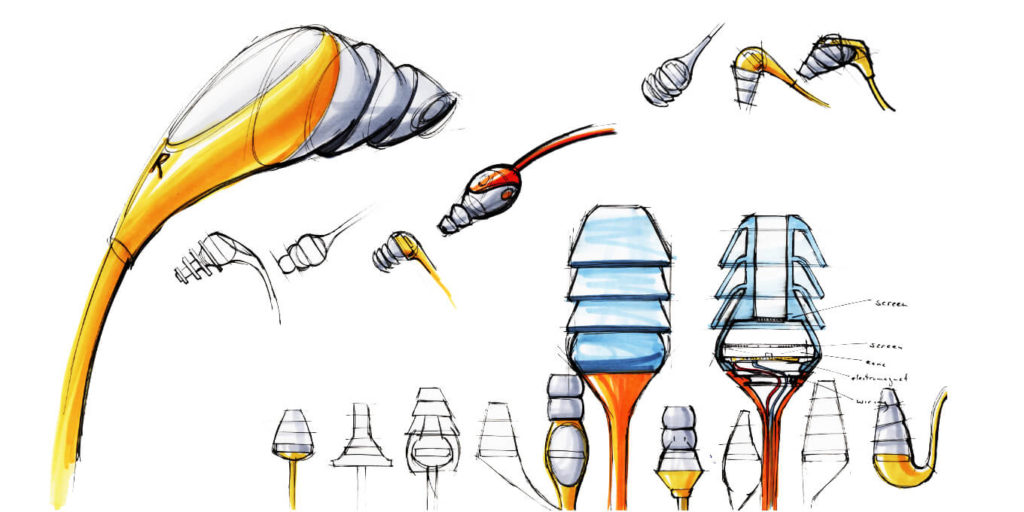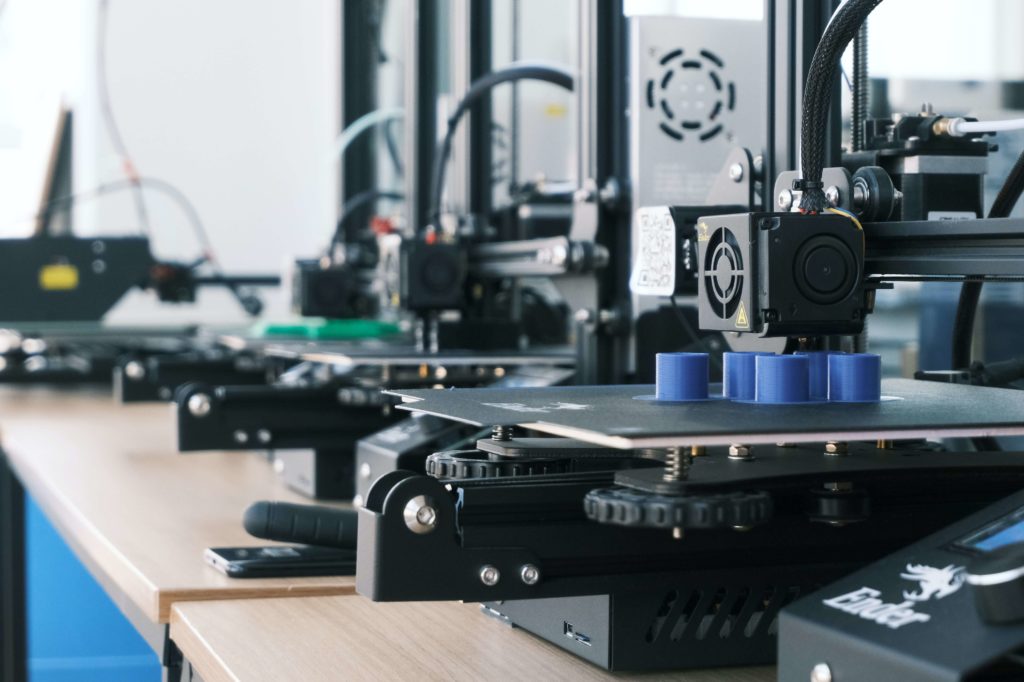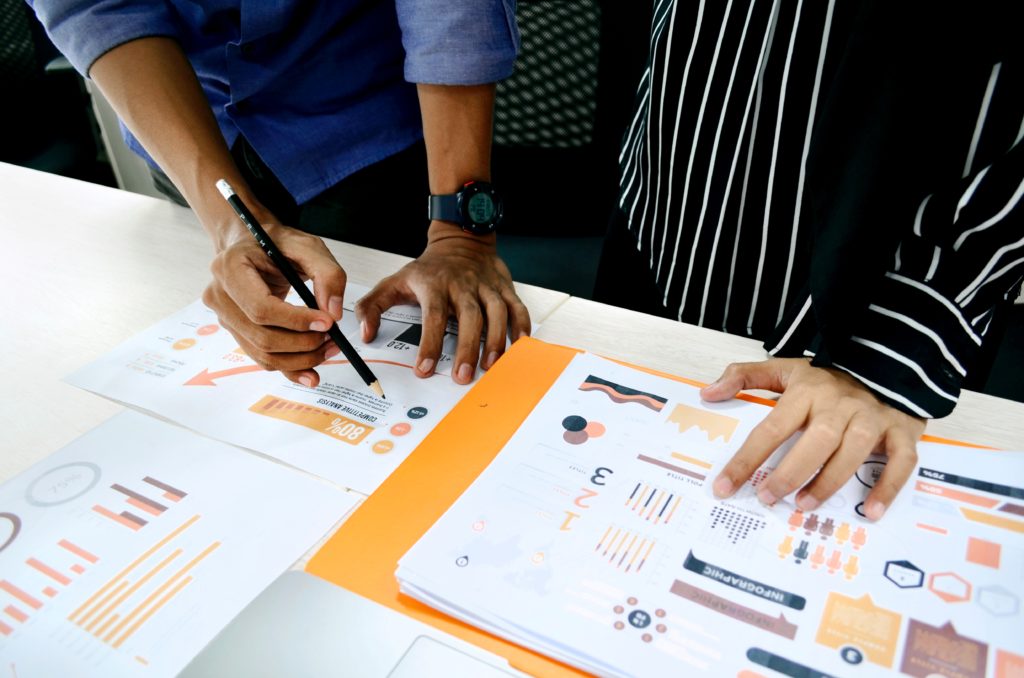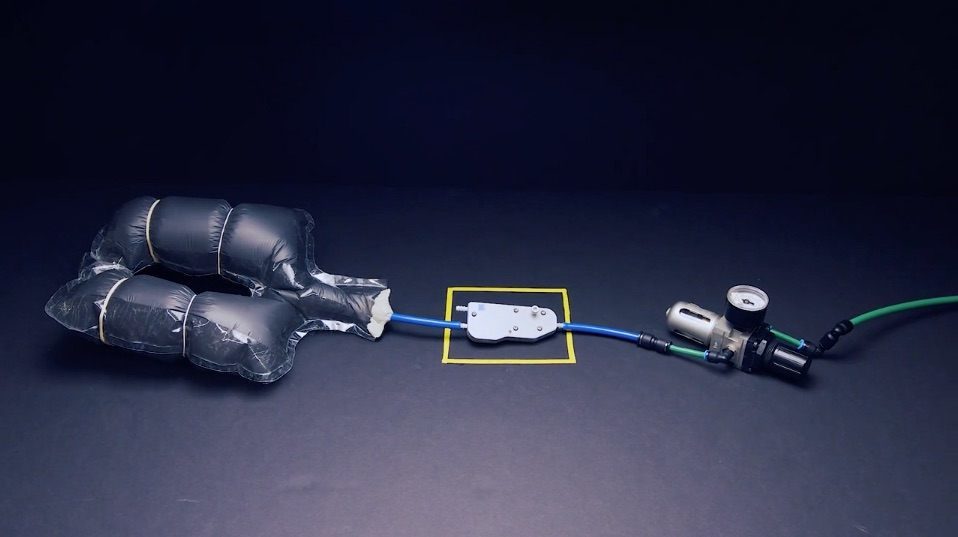Article
Understand the 6 Phases of Product Development

Unlike a journey to a physical destination, the product development process is iterative. The Lean Startup methodology of build, measure, and learn guides many product teams. The technology and design industries have provided many tools and resources to help product teams iterate on their software, prototype their hardware, and apply design thinking methodologies to understand the customer and the market. But they have not done a great job in connecting those silos, which explains why very often we see a polished prototype for a product that has little chance of market success, or a minimum viable product that doesn’t meet its customers’ top priorities.
We have previously discussed the 10 Phases of Product Development. For purposes of simplicity in this article, we’ve combined some of those phases into six discrete areas: Concept & Research, Design, Prototype, Production, Release, and then Support & Scale. Each of these phases applies to both hardware and software development. Let’s dive into more detail.
Concept + research
In its infancy, any product or business concept is a series of sketches, ideas, hypotheses. and inclinations that merit further exploration. The product team must establish good hygiene, processes, and a roadmap for how those initial ideas will be tested and validated, and how the organization or product team can pivot based on customer and market feedback.
This phase is equal parts ideating, investigating, and validating. For one to be ready to move onto the next phase, they need to understand what it is they want to test, and how they’re going to initially test it. This doesn’t mean a fully-baked product concept, prototype, or 30-page business plan. But it does mean that the product team has thought through the main value proposition for the product, what problem it addresses, and how it might generate revenue.

Design
The design phase is when the product starts getting a bit more structure. In this case, design doesn’t just mean visual or experience design, but rather it is inclusive of system, technical, and business design. Think of this as the scaffolding for the product that will be used to get more concrete input from customers, investors, or maybe just colleagues. Design gives your ideas form and function and helps you validate interest and get feedback quicker to speed up necessary iterations.
To graduate from this phase, a team needs to know what they’re going to build first and what they’re hoping to test with that build. That initial thing, whether it’s code, physical, or maybe even a simulation, that’s the first product prototype.
Prototype
During the prototyping phase, a product team makes the initial version of their product as a way to pursue more detailed insight from customers. This prototype will likely not bear any resemblance to the finished product, nor will the underlying codebase (if any) make its way to the final code. Its purpose is to get real user insight quickly and efficiently. Putting something in a context that is interactive or tangible makes designs come alive, and also helps speed up necessary feedback, speeding up iterations needed.
Examples of prototypes include clickable prototypes using a tool such as Invision or Figma, 3D printed prototypes using off-the-shelf hardware, or an experience prototype simulating a product experience.
Once a prototype has been developed, it is tested with business and customer users to validate hypotheses and needs. Does this solve the core problem the product is trying to address? Will people pay for this solution? If so, how much? Does the desire and willingness to pay underly a sustainable business plan?
This phase may require several iterations before a product team is ready to jump into the next phase. It’s ill-advised to jump straight from here into actually developing the product. Armed with a product roadmap, detailed resource estimates, and possibly even some funding, a product team is ready to set on its path to developing its MVP — the minimum viable product.

Production
An innovation team can now begin designing and developing the initial version of its product. During this phase, the user experience and visual design are finalized, system architecture and technical decisions are locked in, and in cases of a physical product, we go from EVT to DVT to PVT. Real code is written, product management tools such as Asana and Jira are set up, and the team sets off to make a real thing.
And though the product development time may vary in length depending on several factors (software platforms, the complexity of the underlying product, or whether or not it has a hardware component), there are still valuable customer testing and insights that can inform product decisions along the way.
The prioritization of features and the decision around which ones are required to launch depend on a variety of factors, including financing, resources, and initial customer feedback. While many organizations choose to define a Minimum Viable Product, we prefer to frame up launch criteria around a Minimum Loveable Product. (Check out our white paper The Strategy of Starting with Less for more insights.) An MVP, as the name suggests, features the fewest set of features for a commercially viable product, often at the expense of polish, personality, and stickiness that might make a user an evangelist. An MLP on the other hand can help you maximize your customer launch success.
Release
One of the things that a product team will need to prepare prior to release is a press release and seeding strategy. This might include an influencer campaign, a Product Hunt posting and request for upvotes, or a traditional press release submitted to a PR wire for distribution. As part of this process, a team should have a standardized repository for screenshots, product images, top benefits, etc in a digital press kit that can be used by bloggers, journalists, and shared across social media.
Once a product is nearing launch, sales and marketing strategies are finalized, it’s time to flip the switch and launch the website, app, technology, or store that is selling your physical product. The work is only beginning! Now is when the real work of customer feedback integrates with customer service and creates lasting relationships. From customer onboarding to communications about product updates, each touchpoint presents an opportunity to build and maintain trust with customers. Onboarding, engaging, and supporting early customers is as important as selling them on buying the product. Sales are different than customers that enjoy the experience and evangelize to others.
Support and Scale
So you’ve made a thing and launched it. Congrats! Now what? Start with your customers. Your product, support resources, and website should have feedback loops to capture customer insight. Your analytics should be measuring behaviors to understand where pain points might be arising. Your sales team should be checking in with customers to understand how things are working out. And your product team should be working on that backlog of features and small tweaks that didn’t make it to launch.
If you’ve done everything well to date, your product should be meeting the needs of those customers you identified way back during the initial phases of the product development process. Your marketing team should be capturing testimonials of pleased customers and working those into new marketing outreach plans. You can send your board or key stakeholders a graph of user growth and revenue growth. Hockey sticks abound!
And if this isn’t the case, have no fear — you can still capture that customer feedback to inform future product decisions. Very few products look the same several years after launch. This is because despite all our efforts, sometimes we get it wrong. Perhaps we skipped a step or assumed that everyone would pay a large amount of money per month for our product. Or perhaps the market changed or a competitor emerged. Either way, this phase of the product life cycle is when you get to optimize, pivot, and adapt, all while having a product in the marketplace. Adaptation and ongoing iteration are almost always required to continue to be successful.









